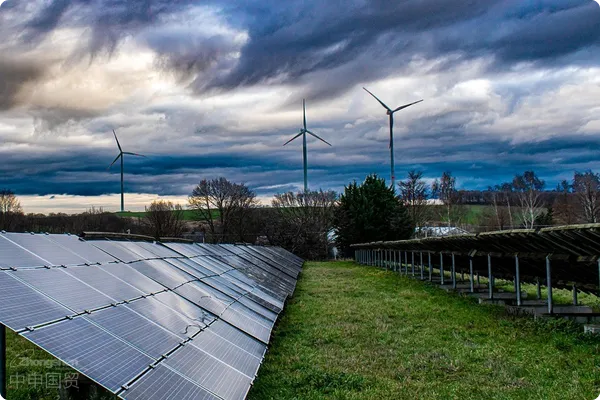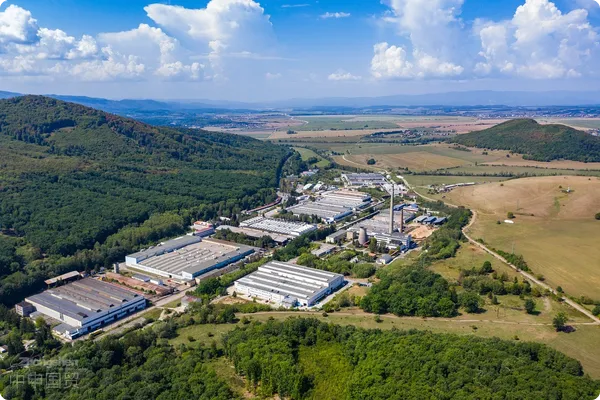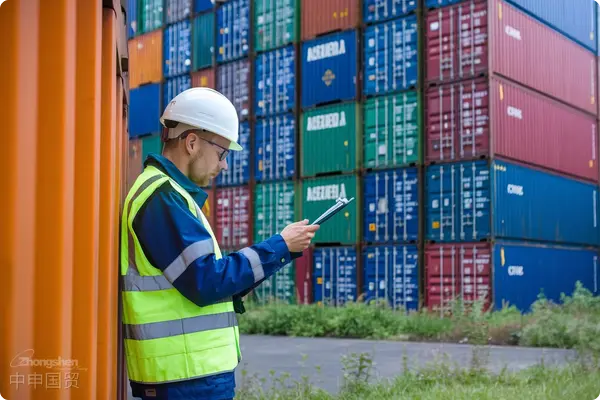- Shanghai Zhongshen International Trade Co., Ltd. - Two decades of trade agency expertise.
- Service Hotline: 139 1787 2118
On December 1 local time, the United States, on the grounds that products from Southeast Asia were sold in the US at prices below production costs, launched an investigation into products from Cambodia, Malaysia, Thailand, and Vietnam and intends to impose an anti - dumping duty of up to about 271%. The final ruling result of the trade investigation by the US Department of Commerce is expected to be announced in April next year, and the US International Trade Administration will make a ruling and announce the final policy in June next year.solarThis move is not accidental. Looking back at history, since the 1980s, with the acceleration of globalization, trade frictions among countries have gradually increased. Countries often adopt measures such as anti - dumping investigations and tariff barriers to protect their domestic industries. Taking the photovoltaic industry as an example, as early as 2011, the US launched an anti - dumping investigation into Chinese solar panels and imposed high tariffs. Since then, Chinese photovoltaic enterprises have started to layout overseas production bases, and Southeast Asia has become an important choice due to its low labor costs and superior geographical location. This anti - dumping investigation by the US on photovoltaic products from the four Southeast Asian countries can be regarded as an extension of the long - term trade disputes between China and the US.photovoltaicI. Impact on the industry
Intensify global photovoltaic industry trade disputes and herald industry structure adjustment and transformation

The investigation by the US Department of Commerce was carried out based on a petition submitted by the Trade Committee of the US Solar Manufacturing Alliance in April this year, involving crystalline silicon photovoltaic cells and their modules imported from Cambodia, Malaysia, Thailand, and Vietnam. According to US statistics, in 2023, the value of the investigated products imported by the US from each of the涉案 countries was huge, accounting for about 80% of the US imports of such products.
The USs imposition of anti - dumping duties on Southeast Asian photovoltaic products undoubtedly further escalates the trade disputes in the global photovoltaic industry. It not only intensifies the global photovoltaic industry trade disputes but also heralds the adjustment and transformation of the industry structure.
Southeast Asian photovoltaic products will cool down in the US market, affecting Chinese enterprises exports to the US
Once the tariffs are officially implemented, photovoltaic products from the four Southeast Asian countries will face high anti - dumping duties, and their price advantages in the US market will no longer be obvious. The main sources of US photovoltaic module imports are Southeast Asia, with about 80% of the products coming from Cambodia, Malaysia, Thailand, and Vietnam, and a considerable part of the photovoltaic products in these countries come from Chinese enterprises factories in Southeast Asia. The imposition of this anti - dumping duty will directly affect the exports of Chinese enterprises factories in Southeast Asia to the US.
Not conducive to the US domestic photovoltaic panel manufacturing industry and increase the cost of solar projects
Some foreign manufacturers and domestic renewable energy developers in the US have questioned the anti - dumping duty. They believe that the anti - dumping duty will give larger - scale photovoltaic panel manufacturers operating in the US an unfair advantage and at the same time increase the cost of solar projects. Joseph Matthews, a senior professor at Beltei International University in Cambodia, also said that it is illogical to impose anti - dumping duties on products from ASEAN countries. It cannot revive the US domestic industry and will instead make US importers and US consumers bear higher costs and suffer losses.

II. The trend of the Southeast Asian photovoltaic industry
At present, the photovoltaic module production capacity in Southeast Asia is growing slowly under trade frictions, but from the perspective of supply chain costs, Southeast Asia still has certain advantages. Considering the supply gap and dependence of the US in terms of solar cells, the Southeast Asian region is expected to make full use of its potential in solar cell production and gradually shift the industry focus from module exports to solar cell exports. In the future, the shortage of US domestic solar cells is expected to last for 2 to 3 years.
For Chinese photovoltaic enterprises that have built factories in Southeast Asia, on the one hand, the production capacity of Chinese photovoltaic enterprises in Southeast Asia will still maintain a stable scale in the short term. Although facing US trade restrictions, some enterprises said they are optimistic about the long - term demand of the US photovoltaic market and have prepared diversified supply plans in advance to ensure stable supply to the US market. At the same time, enterprises are also evaluating the market competition situation and considering keeping the Southeast Asian production capacity as a backup. On the other hand, with the existence of the gap in US domestic high - efficiency solar cell production capacity, the solar cell production capacity in Southeast Asia is expected to continue to enter the US market.
III. Response strategies of Chinese photovoltaic enterprises
Localized factory construction
III. Coping Strategies of Chinese PV Enterprises
1. Localized Factory - building
By building local factories, enterprises can better meet local market demands on the one hand, and on the other hand, reduce the impact of trade frictions. For example, leading Chinese module enterprises such as JinkoSolar, Trina Solar, and LONGi Green Energy have all announced the commissioning of module production capacity in the United States to ensure their market share in the US.

2. Production Capacity Transfer
As the United States launches anti - dumping investigations on photovoltaic products from Cambodia, Malaysia, Thailand, and Vietnam, Chinese photovoltaic enterprises have started to transfer some of their production capacity to other Southeast Asian countries. For example, Trina Solar regards Indonesia as a new high - ground for building overseas production capacity, and other enterprises are also considering transferring production capacity to Indonesia. Currently, countries such as Indonesia and Laos, which are not affected by US tariffs, are becoming new choices for Chinese photovoltaic enterprises.
Chinese photovoltaic enterprises have launched a global layout of the supply chain, collectively ventured into the Middle East, and jointly invested in building factories in Middle Eastern countries such as Saudi Arabia and Oman. By building factories in the Middle East, Chinese photovoltaic enterprises can not only utilize the rich solar energy resources and preferential policies in the Middle East, but also radiate to the entire Middle East and Western markets, expanding their market share. At the same time, this also helps Middle Eastern countries achieve energy transformation, promote local economic development, and achieve a win - win situation for both sides.
Related Recommendations
? 2025. All Rights Reserved. 滬ICP備2023007705號-2  PSB Record: Shanghai No.31011502009912
PSB Record: Shanghai No.31011502009912









